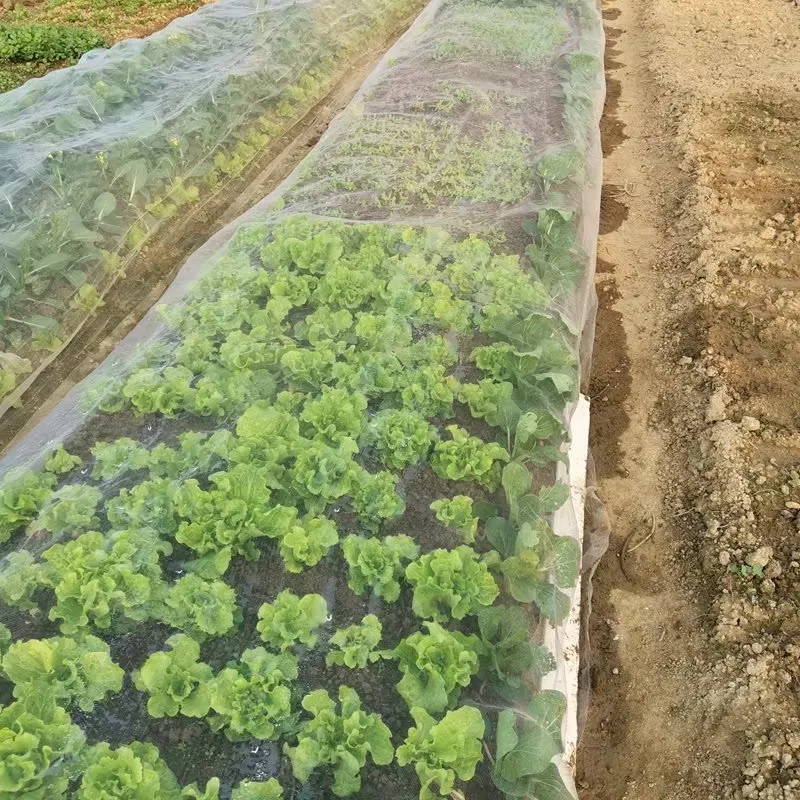-
 Afrikaans
Afrikaans -
 Albanian
Albanian -
 Amharic
Amharic -
 Arabic
Arabic -
 Armenian
Armenian -
 Azerbaijani
Azerbaijani -
 Basque
Basque -
 Belarusian
Belarusian -
 Bengali
Bengali -
 Bosnian
Bosnian -
 Bulgarian
Bulgarian -
 Catalan
Catalan -
 Cebuano
Cebuano -
 China
China -
 Corsican
Corsican -
 Croatian
Croatian -
 Czech
Czech -
 Danish
Danish -
 Dutch
Dutch -
 English
English -
 Esperanto
Esperanto -
 Estonian
Estonian -
 Finnish
Finnish -
 French
French -
 Frisian
Frisian -
 Galician
Galician -
 Georgian
Georgian -
 German
German -
 Greek
Greek -
 Gujarati
Gujarati -
 Haitian Creole
Haitian Creole -
 hausa
hausa -
 hawaiian
hawaiian -
 Hebrew
Hebrew -
 Hindi
Hindi -
 Miao
Miao -
 Hungarian
Hungarian -
 Icelandic
Icelandic -
 igbo
igbo -
 Indonesian
Indonesian -
 irish
irish -
 Italian
Italian -
 Japanese
Japanese -
 Javanese
Javanese -
 Kannada
Kannada -
 kazakh
kazakh -
 Khmer
Khmer -
 Rwandese
Rwandese -
 Korean
Korean -
 Kurdish
Kurdish -
 Kyrgyz
Kyrgyz -
 Lao
Lao -
 Latin
Latin -
 Latvian
Latvian -
 Lithuanian
Lithuanian -
 Luxembourgish
Luxembourgish -
 Macedonian
Macedonian -
 Malgashi
Malgashi -
 Malay
Malay -
 Malayalam
Malayalam -
 Maltese
Maltese -
 Maori
Maori -
 Marathi
Marathi -
 Mongolian
Mongolian -
 Myanmar
Myanmar -
 Nepali
Nepali -
 Norwegian
Norwegian -
 Norwegian
Norwegian -
 Occitan
Occitan -
 Pashto
Pashto -
 Persian
Persian -
 Polish
Polish -
 Portuguese
Portuguese -
 Punjabi
Punjabi -
 Romanian
Romanian -
 Russian
Russian -
 Samoan
Samoan -
 Scottish Gaelic
Scottish Gaelic -
 Serbian
Serbian -
 Sesotho
Sesotho -
 Shona
Shona -
 Sindhi
Sindhi -
 Sinhala
Sinhala -
 Slovak
Slovak -
 Slovenian
Slovenian -
 Somali
Somali -
 Spanish
Spanish -
 Sundanese
Sundanese -
 Swahili
Swahili -
 Swedish
Swedish -
 Tagalog
Tagalog -
 Tajik
Tajik -
 Tamil
Tamil -
 Tatar
Tatar -
 Telugu
Telugu -
 Thai
Thai -
 Turkish
Turkish -
 Turkmen
Turkmen -
 Ukrainian
Ukrainian -
 Urdu
Urdu -
 Uighur
Uighur -
 Uzbek
Uzbek -
 Vietnamese
Vietnamese -
 Welsh
Welsh -
 Bantu
Bantu -
 Yiddish
Yiddish -
 Yoruba
Yoruba -
 Zulu
Zulu
White Bird Netting Solutions for Effective Pest Control and Garden Protection
The Importance of White Bird Netting in Modern Agriculture
Birds have forever been a part of our ecosystem, contributing to pest control and seed dispersion. However, in agricultural settings, they often pose a significant threat to crops. Farmers worldwide face the challenge of protecting their produce from birds that can decimate fields in mere hours. This is where white bird netting comes into play, serving as a crucial tool in modern farming practices.
What is White Bird Netting?
White bird netting is a type of protective mesh used primarily in agriculture to safeguard crops from bird damage. Made from durable materials such as polyethylene, this netting is designed to be lightweight yet robust enough to withstand various weather conditions. The netting is typically white, which helps it blend into the environment and reduces the risk of bird collisions. Its porous design allows sunlight and rain to reach the crops underneath while simultaneously keeping birds at bay.
Benefits of Using White Bird Netting
1. Effective Bird Deterrence The primary function of bird netting is to deter birds from accessing crops. Its fine mesh prevents birds from getting in, significantly reducing the amount of crop loss due to avian feeding. This is particularly important during the crucial growth and harvest periods.
2. Sustainable Farming In an age where sustainable practices are more important than ever, white bird netting offers a non-lethal way to protect crops. Unlike chemical repellents or lethal traps, netting does not harm birds or other wildlife. This aligns with the principles of organic farming and promotes biodiversity.
whites bird netting

3. Cost-Effective Solution While the initial investment in bird netting may seem high, the long-term savings can be substantial. By preventing crop loss, farmers can enjoy higher yields and better quality produce, leading to increased profits. Additionally, the durability of netting means that it can be used for multiple seasons with proper care.
4. Protection from Other Pests White bird netting can also provide a barrier against other pests, such as insects and small mammals. By covering crops, farmers can create a controlled environment that minimizes damage from various unwanted visitors.
5. Easy Installation and Maintenance White bird netting is easy to install, and various methods can be used to secure it over crops, including frames or posts. Once installed, it generally requires minimal maintenance, allowing farmers to focus on other important aspects of their operations.
Considerations for Use
While white bird netting provides numerous benefits, there are a few considerations to keep in mind. It’s essential to ensure that the netting is properly secured to avoid entanglement issues for birds and other wildlife. Regular inspections are necessary to check for wear and tear, as damaged netting can compromise its protective capabilities. Additionally, farmers should consider the type of crops being protected and the specific bird species in their area to select the most appropriate netting size and configuration.
Conclusion
In conclusion, white bird netting is an invaluable asset for farmers looking to protect their crops from bird damage sustainably and effectively. With its cost-effectiveness, ease of installation, and dual function of keeping other pests at bay, it stands out as a vital tool in modern agricultural practices. As farmers continue to face challenges in a rapidly changing environment, the use of protective measures like bird netting will only grow in importance, contributing to the overall health and productivity of our agricultural systems. By adopting such tools, we can ensure a more sustainable future for farming, one where both crops and wildlife thrive together.
-
Shipping Plastic Bags for Every NeedNewsJul.24,2025
-
Safety Netting: Your Shield in ConstructionNewsJul.24,2025
-
Plastic Mesh Netting for Everyday UseNewsJul.24,2025
-
Nylon Netting for Every UseNewsJul.24,2025
-
Mesh Breeder Box for Fish TanksNewsJul.24,2025
-
Expanded Steel Mesh Offers Durable VersatilityNewsJul.24,2025











